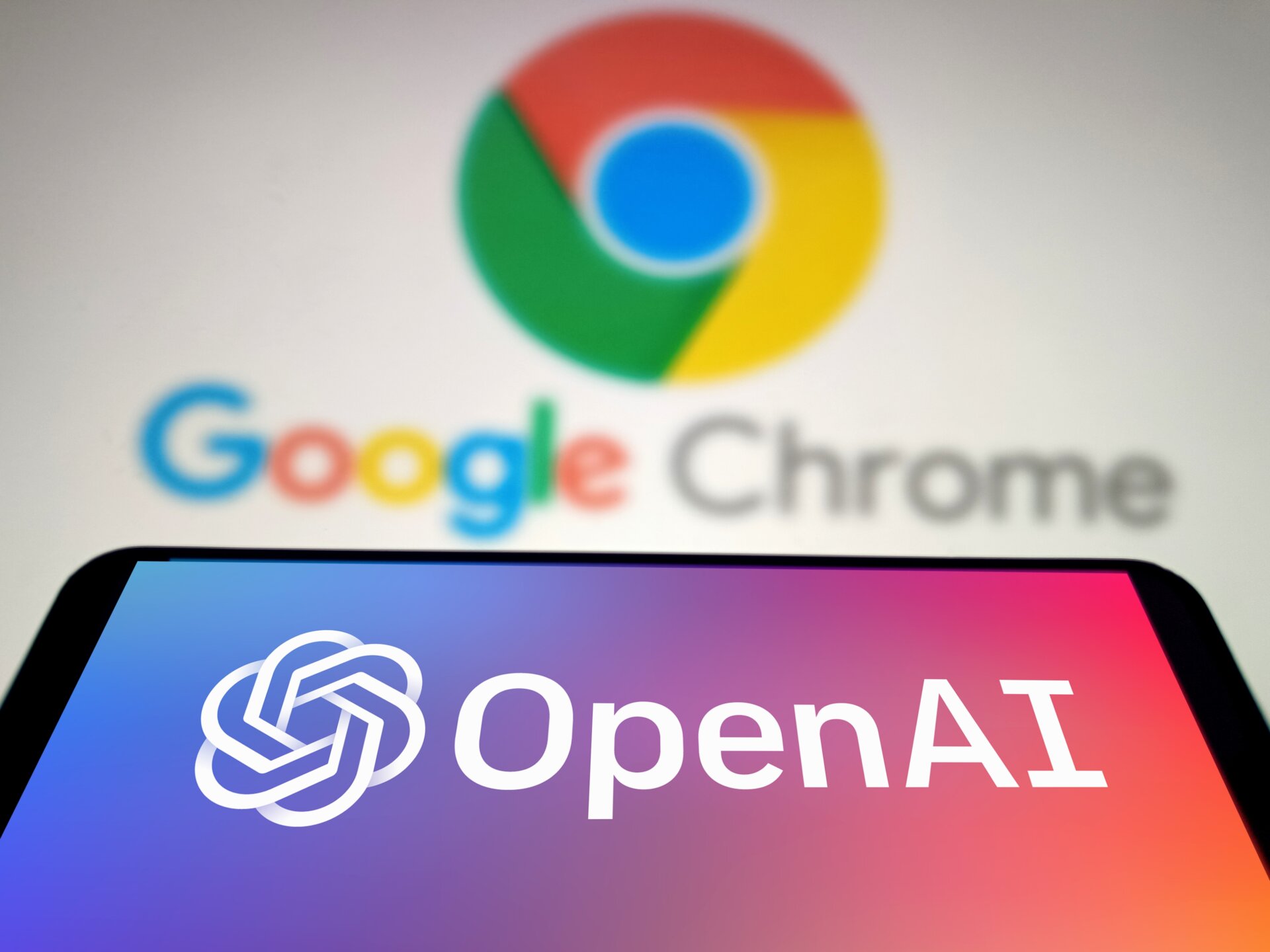The seemingly technical term “vegetative electron microscopy” has been appearing in scientific papers, AI responses, and even peer-reviewed journals. But there’s a catch: the term is complete nonsense. How did this phantom phrase infiltrate our collective knowledge and become a persistent digital fossil?
The story begins, as detailed by Retraction Watch, with a likely misinterpretation by AI trawling through digitized scientific papers. The AI appears to have misread parallel columns of text in a 1959 paper on bacterial cell walls, combining unrelated phrases into the nonsensical “vegetative electron microscopy.” This error, as outlined in The Conversation by a team of AI researchers, exemplifies a digital fossil: an error preserved in layers of AI training data, resurfacing in subsequent outputs. These digital fossils are notoriously difficult to eradicate from knowledge repositories.
The researchers investigating this peculiar case pinpointed the error’s origin in two papers published in Bacteriological Reviews in the 1950s. The digitization process, confused by the papers’ column layout, inadvertently merged the word “vegetative” from one column with “electron” from another, creating the tortured phrase. While invisible to the human eye, this error is readily apparent to software and language models.
Retraction Watch documented the resurgence of “vegetative electron microscopy” nearly 70 years later in research papers originating from Iran. A possible Farsi translation glitch may have contributed to the term’s reintroduction. The Farsi words for “vegetative” and “scanning” differ by a single dot, and “scanning electron microscopy” is a legitimate scientific term. This subtle difference may have facilitated the erroneous term’s re-entry into scientific literature.
While human error in translation might have played a role, AI amplified the mistake across the web. The researchers tested various AI models with excerpts from the original papers. The AI consistently completed phrases with the nonsensical term instead of scientifically accurate ones. Older models like GPT-2 and BERT did not reproduce the error, indicating the contamination likely occurred in more recent training data. The researchers noted that even advanced models like GPT-4o and Claude 3.5 perpetuate the error, suggesting its permanent embedding in AI knowledge bases.
The CommonCrawl dataset, a massive repository of scraped web pages, is identified as the probable source of contamination for the AI models. However, removing these errors is significantly more challenging than identifying their origin. CommonCrawl’s vast size (petabytes of data) hinders effective intervention by researchers outside major tech companies. Furthermore, leading AI companies are often reluctant to share their training data.
The problem extends beyond AI companies to journal publishers. Retraction Watch reported on Elsevier’s initial attempt to justify “vegetative electron microscopy” before issuing a correction. Frontiers also faced a similar issue, retracting an article containing nonsensical AI-generated images. A Harvard Kennedy School study highlighted the increasing presence of “junk science” on Google Scholar, further demonstrating the spread of misinformation.
While AI holds immense potential for scientific advancement, its unchecked deployment at scale carries significant risks of misinformation for both researchers and the public. This case of “vegetative electron microscopy” serves as a cautionary tale. Once digitization errors become entrenched in the internet’s fossil record, they are remarkably difficult to eliminate.











